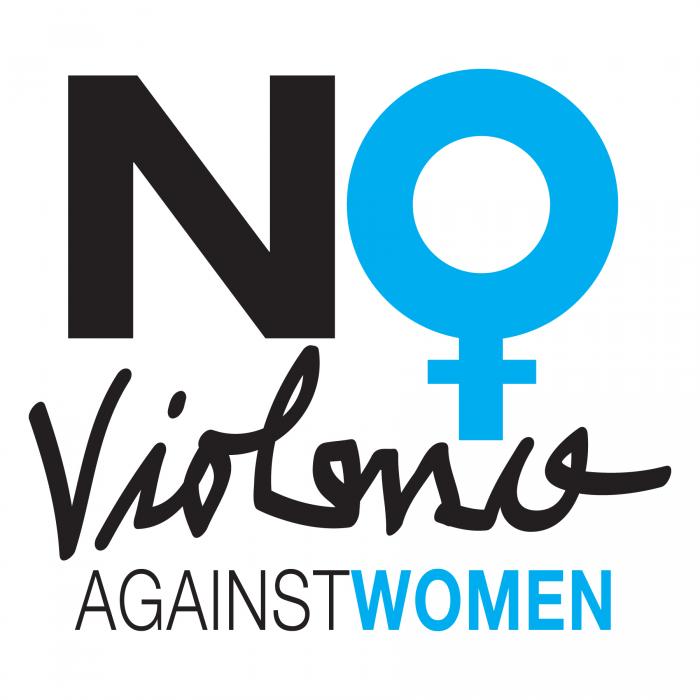-
Advocacy Theme
-
Tags
- Abortion
- Adoption
- Caregiving
- CEDAW
- Disability
- Domestic Violence
- Domestic Workers
- Harassment
- Healthcare
- Housing
- International/Regional Work
- Maintenance
- Media
- Migrant Spouses
- Migrant Workers
- Muslim Law
- National budget
- Parental Leave
- Parenthood
- Polygamy
- Population
- Race and religion
- Sexual Violence
- Sexuality Education
- Single Parents
- Social Support
- Sterilisation
- Women's Charter
Break the silence of violence
November 29th, 2013 | Family and Divorce, Gender-based Violence, Letters and op-eds, News, Views, Workplace Harassment
By Carol Candler, Member, AWARE, and Moana Jagasia, Research and Advocacy Coordinator, AWARE
Does one know violence when one sees it? Does one recognise that checking a partner’s email or text messages without permission is abuse? What about casual put-downs of one’s partner as stupid, fat or ugly?
 Nov 25 was International Day for the Elimination of Violence Against Women. According to the United Nations, one-third of women worldwide have experienced physical or sexual violence. This is the result of unequal relations between men and women.
Nov 25 was International Day for the Elimination of Violence Against Women. According to the United Nations, one-third of women worldwide have experienced physical or sexual violence. This is the result of unequal relations between men and women.
Violence is not always black and blue; social and financial control as well as threats and psychological abuse constitute and contribute to violence.
Lewd comments towards women on the street, impossibly perfect images of beauty in the media and the hypercritical policing of women’s clothes and mannerisms reinforce the widespread social norms that make it acceptable to use violence.
Physical abuse is the tip of the iceberg; the deeper context is this overarching system of hierarchy and control.
In 2012-13, the Association of Women for Action and Research and Ngee Ann Polytechnic carried out research that shows some public understanding of the issues surrounding violence against women.
However, 16 per cent of the 1,322 respondents disagreed that slapping, threats of violence and threats to kill are physical violence.
The figures are more discouraging for subtler forms of violence: 24 per cent did not recognise harassment of one’s partner through social media as a form of violence; 27 per cent did not consider restriction of a partner’s access to friends and family as abusive.
A larger percentage, 36 per cent, did not acknowledge that controlling the finances of their wives or girlfriends is abusive. At a recent forum theatre production, our student audience, far from recoiling from a rape scene, cheered on the fictitious rapist.
How do we break this silence of violence? The campaign, We can! End All Violence Against Women, was launched in April, and it involves individuals, communities and organisations working towards changing the attitudes that excuse violence.
Taking an innovative approach to public education, the campaign is organising an arts festival on Dec 8. By bringing together artists, activists and survivors, it seeks to create an alternative space to enable the public to think differently about violence against women.
Ending gender violence is an important endeavour for women and men. It is possible to develop a more equal society, where no one has to live in the shadow of restrictive and dehumanising attitudes based on gender.
By challenging the harmful and debasing behaviours we witness every day — be it in our social circles, in the street or in the media — everybody can play a part in breaking the silence of violence.
Click here to get your ticket for the We Can! Arts Fest on 8 December.
This letter was published in TODAY on 29 November 2013.



